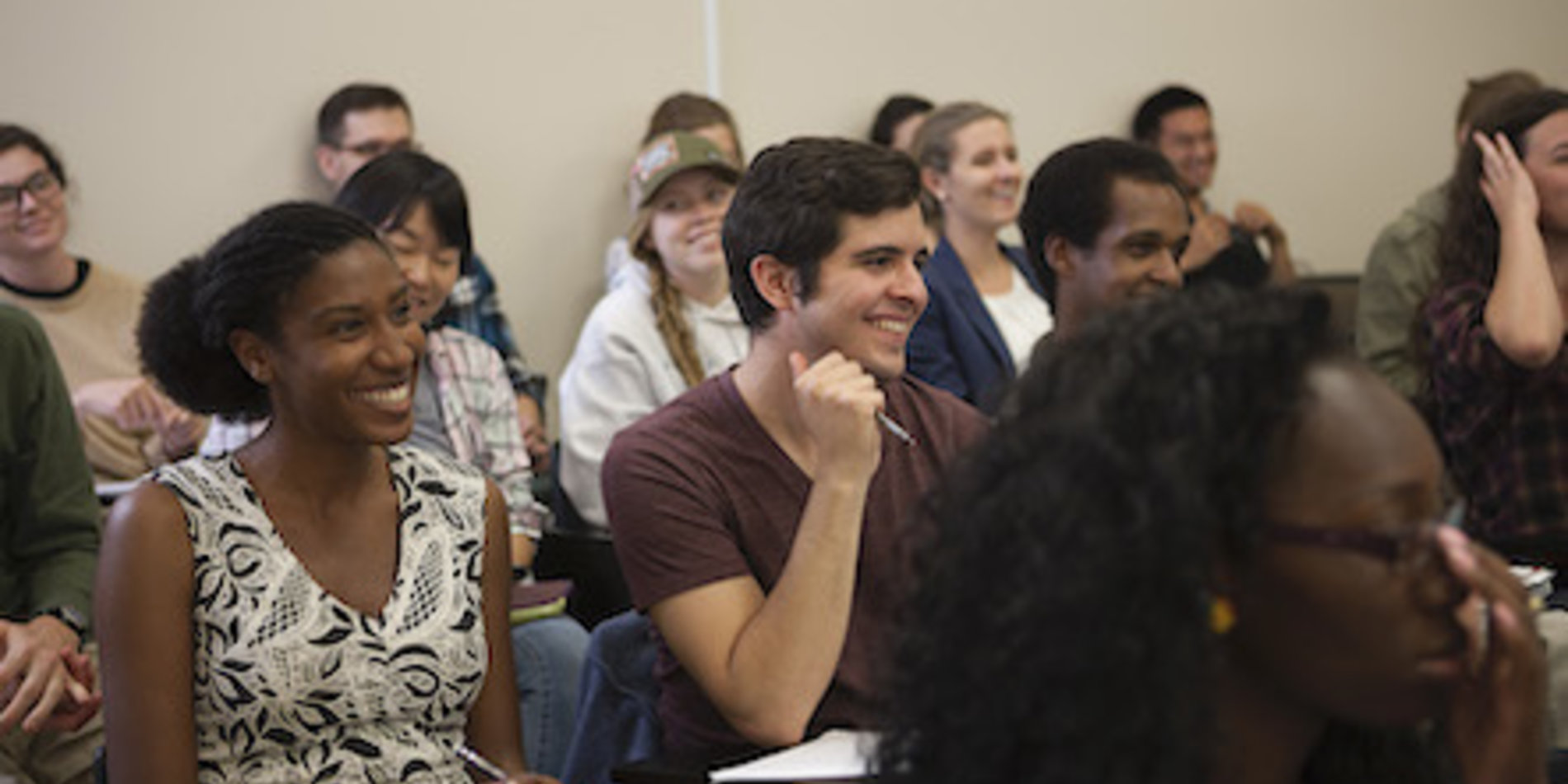How to Write Questions
Are you ready to include some questions of your own in your course evaluation? Well-crafted, open-ended questions—where students write observations, comments, and suggestions instead of making a choice of options—can give you actionable ideas you can try in your course.
Follow these tips to get the clearest, most useful responses.
Give the question a clear purpose.
DO: Ask only one thing per question.
DON’T: Ask double-barreled questions, that is, questions about two or more things at once.
“Should we reduce the number of midterms?” INSTEAD OF “Should we reduce the number of midterms and assign more problem sets?”
Use concise, familiar language.
DO: Be specific and clear “How well did the sections help you master the lecture content?”
DON’T: Use jargon or terms that may not be familiar to your students: "How well did the formative assessments and inductive teaching techniques enhance your learning?"
DON’T: Make the question too complicated and hard to understand: “Were the discussion sections helpful, or if not helpful, did you participate often enough, whether or not the TA was helpful?”
DON’T: Be too broad or vague: “How were the discussion sections?”
DON’T: Use Double negatives: “Were you not unhappy with the discussion sections?”
Phrase questions impartially.
DO: Approach the question with neutrality: “How much did the guest lecturer contribute to your understanding of [their topic]?”
DON’T: Be prejudicial: “You didn’t like that guest lecturer, did you?”
DON’T: Use inflammatory language: “Was it unreasonable of the guest lecturer to assign so much reading?”
Be clear about the type of answer you are looking for.
DO: Indicate clearly whether you want facts or feelings and phrase questions to match.
Factual - “How well did the problem sets match what we taught?”
Feeling - “How satisfied were you with the problem sets?”
Finally, consider ending with an uplifting question, like an open-ended question asking for suggestions for the next time you teach the course.
Once you’ve written your questions, test them. Show them to a few other people and ask them what the question means to them. You’ll be surprised how many ways there are to interpret what you may think is a perfectly clear wording.

Frequently asked questions
Get answers to some common questions.

